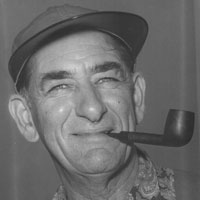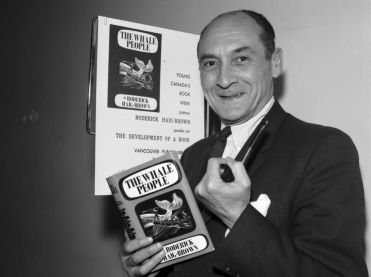Bengt Magnus Kristoffer Berg was a Swedish ornithologist,
zoologist, wildlife photographer, and writer.
Bengt Berg was one of the world’s first nature filmographers.
He was one of the very first nature photographers and filmographers and one of
the very top in the world of his time. He started photographing at around 1910.
At the Victoria theatre in Berlin, the biggest "cinematograph
theatre" at the time, he would explain to the audience from a speaker’s
chair during his soundless films. During one consecutive period of four months
there was full house (2600 people each show) twice a day every day. He was also
the author of almost 30 books translated into 16 languages. His books were full
of wildlife photographs and questioning, humorous stories from Sweden, Africa,
India, Bhutan and the Himalayas. He was a vivid debater of various subjects to
do with birds, flora, fauna in general. More than often his booming voice or
pen would declare that man was taking far too greedy or indeed urban view and
place in nature. Bengt Berg was many things beside a photographer and a writer.
He was also a hunter and a believer in a natural life as a being amongst other
animals. But first and foremost, his love was birds and in his writing, he was
never far from words declaring his passion for the winged creatures surrounding
us all: Thanks to him the sea eagle, the graylag goose, the golden eagle and
the mute swan of Sweden were saved. He was the first to film the shoebill stork
in South Sudan (early 1920s) Also in the 20s he followed the common cranes from
Europe to find out the southernmost point they went to in Africa. 1930 He
photographed the bearded vulture in the Himalayas, from a balloon basket
fastened to a very long rope. Here he (and sometimes his wife) hung
precariously and at great heights to get clear pictures of the birds, inside
their caves on the cliff walls. But it was not only birds: At home in Sweden he
was deeply involved in fencing private land to protect and understand more
about the red deer, and his travels across the globe also turned him towards
filming, photographing and writing of mammals like the elephants of Africa, the
tigers and rhinoceros of India. When he came home from his filming of the
shoebill stork in South Sudan he also had in his trunks the longest piece of
film so far taken of the African elephant, and through his book of the Indian
rhino in 1932 he brought the world to attention that the Chinese were killing
them off at great speed in their demand for rhino horn. Dr. Bengt Berg looked
with a very sober, albeit furious, gaze at man’s one moment thoughtlessness in
nature and next moment unrealistic approach to be a human animal amongst other
animals. Some thought him too loudly critical of man and claimed that he loved
other kinds more than his own. "Do not judge me on my person but on the work,
I have done here" were words he wrote not long before he died. 31 July
1967, 82 years old, he died from a stroke while swimming in the archipelago at
his estate at Rosberg, Blekinge, Sweden.
He is best remembered for his many travel books, his
naturalist photographs and movies, taken on several expeditions around the
world, including Europe, Africa and Asia.








